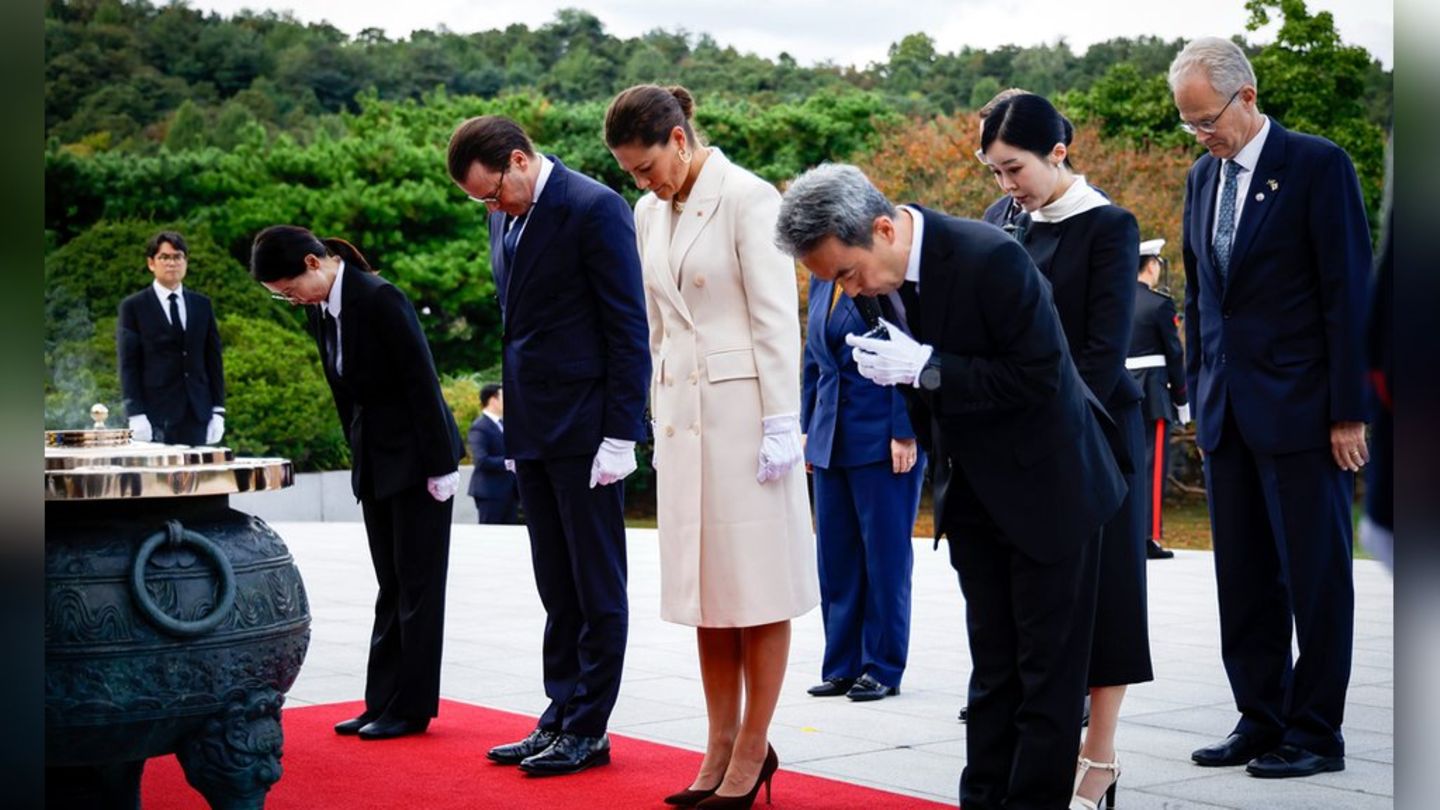(By Elio Albarenga) – Grilled river fish, chicken bori bori, roasted to the stake, chipas of all kinds, Paraguayan soups and wings are among the main dishes of coastal cuisine that tourists can enjoy in Formosa, which It is also expressed in gastronomy as one of the provinces with the greatest biodiversity through the products offered by its plains, the jungle and the tropical forest.
With a kitchen that through the centuries was mixing the knowledge of the different Guaraní ethnic groups of the area and the Hispanic customs with local fruits, meats and vegetables, the Formosa gastronomic offer crosses the tables of restaurants, hotels, bars, canteens and even in street stalls that seem to hold a tacit agreement to “keep alive” the culinary culture of the province.
Thus, whoever visits the different towns of Formosa will be able to enjoy among its rivers, marshes, green mountains and lagoons a varied gastronomy service that is characterized by its regionality and typical foods of the area with preparations based on cornmeal and cheese, such as the so-called “Paraguayan soup” that is served in the form of a cake, the borí borí de gallina, which consists of a meatball made from this mixture with a filling of poultry meat.
Meanwhile, the Formoseña empanadas, stuffed with charque or fish, compete on restaurant menus with the seventy varieties of chipá that circulate in the region, such as the chipá guazú -which has corn-, the stuffed one -with meat, vegetables or ham-, or the “frititos” of pacú, alligator or surubi, with manioc sticks and various marinades.
In addition, in any corner of Formosa the tourist can find the popular chipero, with his basket on his head, to buy a snack and accompany it with the traditional “cocido quemado”, a drink made with yerba with sugar burned with a charcoal.
The main hotel chains also offer different types of loins such as the “Lomo de mi Tierra” which consists of a crispy beef loin tournedo with sautéed vegetables and mbeyú, a cassava starch tortilla with cheese.
The surubí is an obligatory dish, which after the bori bori and the Paraguayan soup should not be missing from the tasting list since this river fish can be combined with a grill in lemon sauce or lemon cream with sautéed vegetables.
Another of the dishes of the local culinary heritage that stands out for the winter are the Formoseño stew, with red or pork chorizo, and the “alito”, an urban meal made up of breadcrumbs, chicken, vegetables and gratin cheese, between layers of meat.
Based on this variety of dishes from the NEA, in the gastronomic pole of the Paseo Ferroviario in the capital of Formosa there are places that offer these typical foods, as well as fried alligator; the picada rosaguarú -which has Paraguayan soup, manioc sticks, Paraguayan cheese balls, chori oschi (a sausage with cheese and spicy foods) and criolla sauce; a drink called “La Siestita” and a dessert with crunchy, cream and mango mousse from the trees that grow on the same property.
Both local hotels and restaurants use fruits, vegetables and even meat products from the different “promotion” programs that the province has.
In the city of Formosa, for example, there is the program bolsones saludables or “the market in your city” with fruits, vegetables and vegetables, among others, at popular prices that come mostly from small producers in the area.
Also through the Provincial Institute of Comprehensive Action for Small Agricultural Producers (Paippa) there is an assistance program for entrepreneurs and SMEs that offer their products “from the ground to the table” without intermediaries and whose merchandise is essential for the preparation of stews. or bori bori of chicken or chicken, as well as the Creole cheeses used for Paraguayan soups.
With a satisfied palate, a full belly and a desire to get to know the local culture, the “myths and legends” of the Litoral are manifested in the different artistic expressions close to nature, which can be admired on a visit to the Juan Pablo Duffard Historical Museum, Built in 1888 and which was the residence of the first governor of the province, General Ignacio Fotheringam, where objects are preserved that bear witness to a large part of Formosa’s history since its foundation, its political and social evolution, as well as indigenous cultures, expeditions and military events.
The Casa de la Artesanía, in an area close to the capital’s waterfront, is a colonial-style house where you can see and buy handicrafts from the three original Guarani root cultures that inhabit Formosa: the Qom, Wichí and Pilagá.
In a tour of the city, you cannot miss visiting the Costanera, on the banks of the Paraguay River, where the 7 kilometers of coastline offered by this promenade, which is the favorite of Formoseños, presents the most varied thematic fairs such as ” women”, the “artisan” and the “entrepreneur”.
In that sector of the downtown area, in the so-called historic sector, is the old building of San Martin 668, where the offices of the Roads and Works of the C-25 branch of the Belgrano Railway worked decades ago, the train that arrived from Salta to the province and that today has been transformed into a museum where much of the history of Formosa is treasured, which was gestating from the time the train began to cross that territory of the country.
There is a display of furniture, equipment, tools, maps and testimonials from the railway that can be visited every day, from 8 a.m. to 12 p.m.
Beyond the tours to the historical places of the city, also during the stay you can visit “El Camino de los Murales” and the Serpentarium in the facilities of the Monte 29 Infantry Regiment, where the herpetofauna of the province are exhibited and has guided tours.
The Camino del Irupé is a nautical route that allows to know the flora and fauna of streams and lagoons, while in the Oca Lagoon a photographic safari is offered, with bird watching and in contact with the water.
Regarding lodging, prices vary from cabins that are around 10,000 pesos per day, to a 4-star hotel on the banks of the Paraguay River with single rooms for 16,000 pesos to quadruples of 20,000 pesos per day, in addition to offering packages and discounts. of more than 10 percent to delegations.
Source: Ambito
I am an author and journalist who has worked in the entertainment industry for over a decade. I currently work as a news editor at a major news website, and my focus is on covering the latest trends in entertainment. I also write occasional pieces for other outlets, and have authored two books about the entertainment industry.




